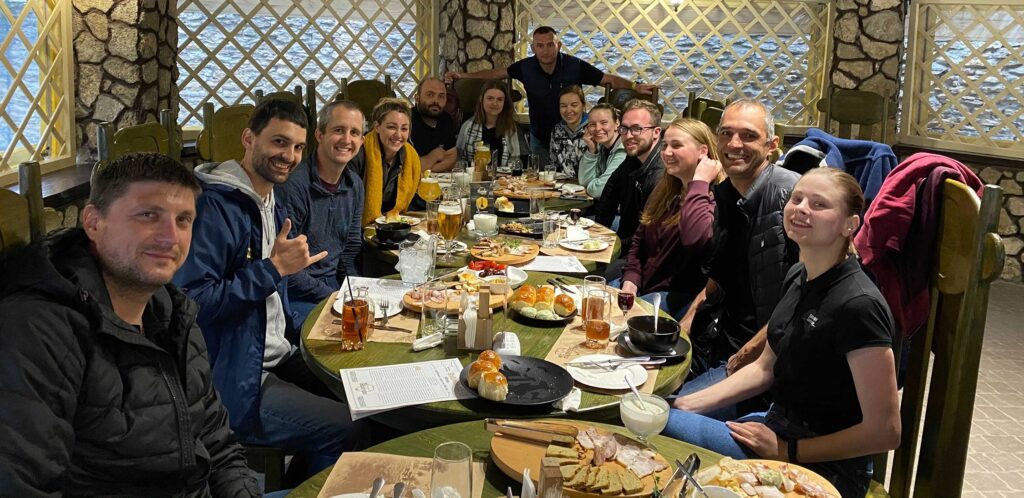As Ukraine continues to commercialize, we hope to not only collaborate with innovative startups like SmartFarming, but work together toward a more sound future, both economically and environmentally. In the face of unpredictable climate patterns, Arable brings ground-truth infield crop monitoring with the data and details that are critical to grower success. Every day, we help farmers make better decisions on irrigation and input type, quantity and timing, and more. With ownership opportunities opening up in Ukraine for the first time in a century, this is an incredibly exciting time. We are 100%here for it.
- EN
- UA
The Future of Ukrainian Agriculture Has Arrived
Jess Bollinger, Arable VP Sales and Business Development, recently went to Ukraine to meet with SmartFarming in Kyiv. While her goal was to discuss ways Arable could be woven into the country’s burgeoning agtech industry, she also came away with an idea of where agriculture is headed. Here’s her take on how history, technology and entrepreneurialism are transforming the sector as land is allowed to be sold for the first time in 100 years.
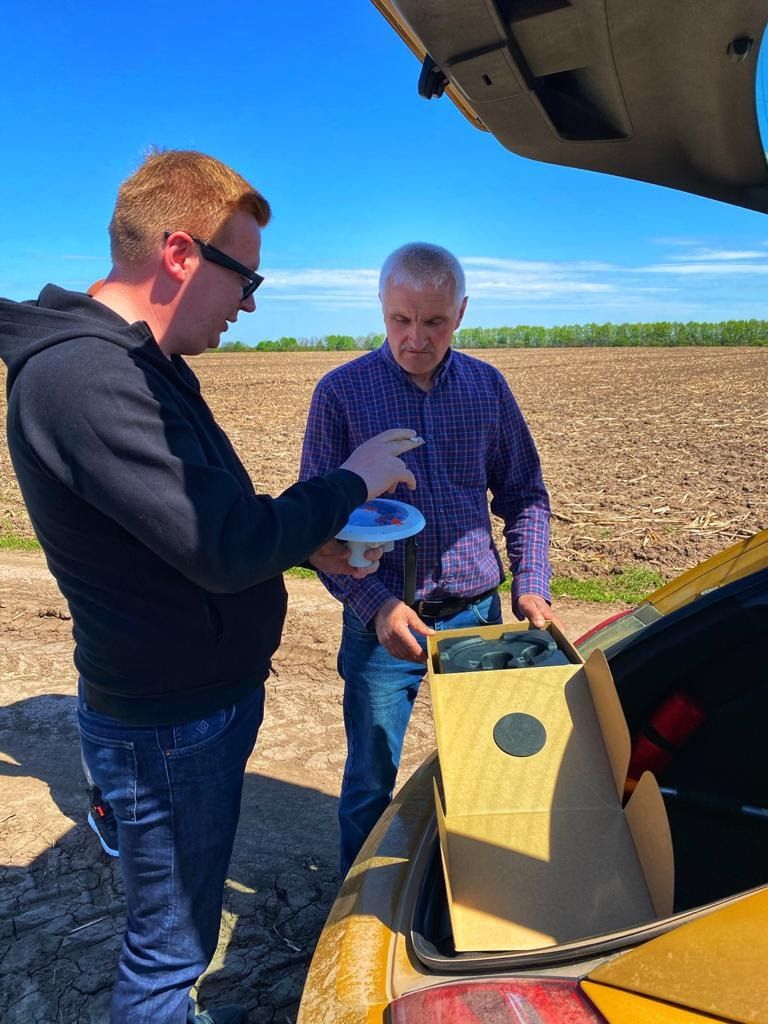
With the acquisition of Cropio in 2019, Syngenta highlighted the potential of Ukrainian agtech. Since then, Agrosphera, the Ukrainian agriculture YouTube channel, has reached 130,000 followers while data-driven independent weather service Meteo.Farm ran a network of sensors and weather stations across the country. Innovative industry leaders are also gaining recognition. ReGrow founder Anastasia Volkova, who grew up in the industrial and agricultural center Zaporizhzhya, made MIT Technology Review’s “35 Innovators Under 35” list in 2020. Ukrainian Agribusiness Club, the AgTech Garage of Ukraine, continues to bring together entrepreneurs and large farming operations.
Meeting with SmartFarming, another bright startup, made it clear that agtech, and even agriculture more broadly, is having a moment in Ukraine. The country is well positioned for technology adoption due to a confluence of factors: the sheer magnitude of the agricultural operations, changing climate scenarios, the reversal of the historical moratorium on land sales and, probably most importantly, the entrepreneurial spirit of Ukrainian farmers.
Visiting farms in Ukraine, there is this sensation of being somewhere very special: the rich soil in the Ukrainian steppe holds a quarter of the earth’s chernozem—a fertile, humus-rich soil—that, along with the temperate climate, has made the land uniquely suited for high-yielding agricultural productivity. Throughout the history of Ukraine, this fact has been both a blessing and a curse. Ukraine is the breadbasket of Europe, the leading producer of sunflowers and sixth largest producer of corn and wheat in the world. Agriculture is everywhere, even in the cities, where the nation’s blue and yellow flag flies above doorways, proudly reflecting the blue sky and fertile fields.
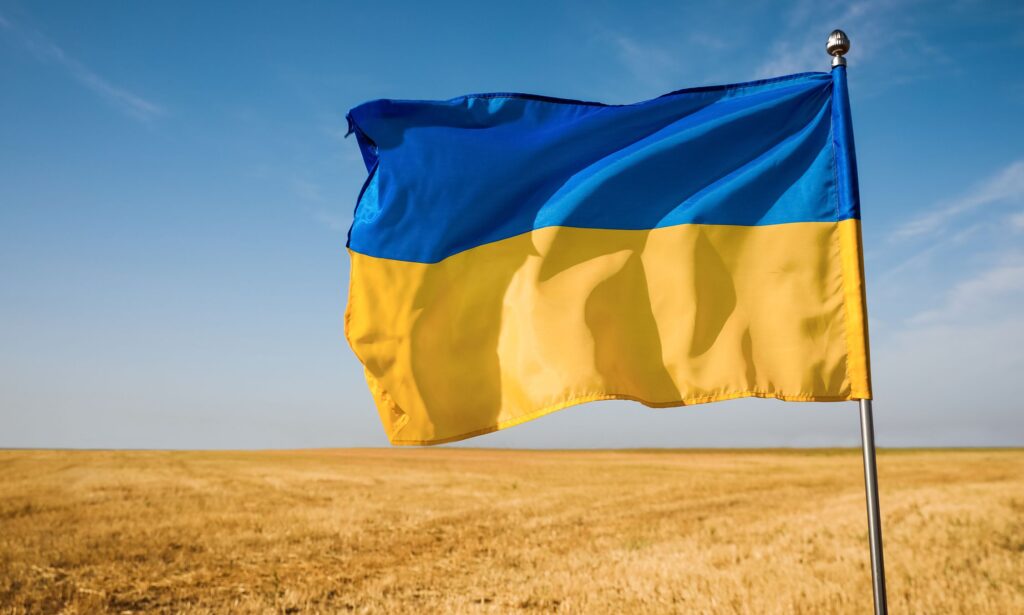
Yet the volatile and violent history of Ukraine was heavily driven by opportunistic greed, fueling dueling powers throughout the 20th century. The most prosperous farmers, the Kulaks, were forced into exile and their lands seized through the process of collectivization. Part of U.S.S.R. dictator Joseph Stalin’s strategy to demonstrate the failure of capitalism was to flood the market with grain at low prices. In 1928, Ukraine accounted for 37% of the Soviet grain collection plan. Stalin’s enormous collective farms singularly dismantled his own theory on communism: men and women who had been self-reliant farmers now barely worked. Grain requisition by the authorities left the peasantry bereft of any economic incentive to produce. The system was self-defeating: anyone who successfully produced strong yields was identified as a Kulak and then promptly exiled. In 1932, the peasants ate the seed grain in starvation, reflecting the level of desperation. In Germany and the United States, during the great depression, the farmers almost never went hungry, but in Ukraine the peasant farmers were left with nothing. While Stalin focused on controlling and managing Ukrainian exports, German dictator Adolf Hitler turned around and imported German farmers into the vacant Ukrainian countryside in the aftermath of the largest man-made famine in history.
Following the dissolution of the Soviet Union, laborers under the collective farming system gained the right to own land. Overnight, more than 6 million Ukrainians each became property owners of roughly two hectares of land. The large collective farms transitioned to corporate farms by leasing the land back from the new landowners. These agroholdings that span hundreds of thousands of hectares consist of just as many lease contracts negotiated individually with the peasantry for the right to farm the land. Today, about 40,000 family farmers in Ukraine own 10% of the land, and 8,000 corporate farms represent about ⅔ of the landholdings. The system remains extremely inefficient, but does create 60-70 farms that are equally as large as giants Amaggi and SLC Agrícola in Brazil.
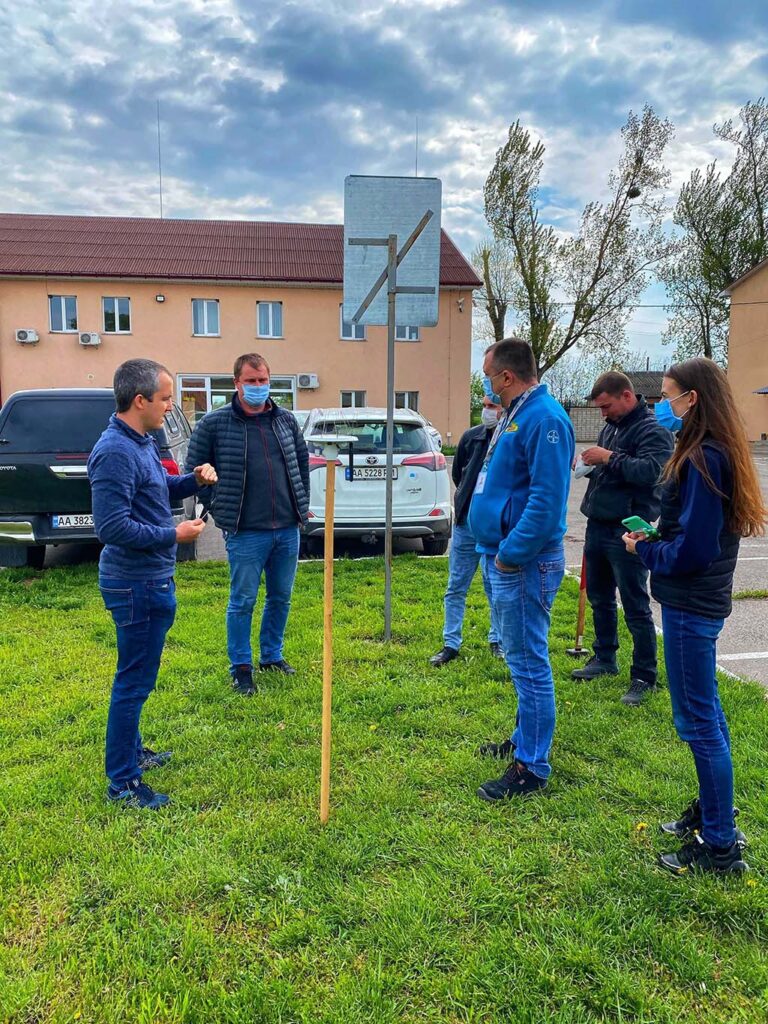
Up until July of this year, the citizens of Ukraine could own land but could not sell it. The 20-year moratorium on land sales was enacted in 2001 for several reasons. The previous 80 years of Soviet control and manipulation eroded the understanding and value of private property and capitalism. Part of Ukrainization and collectivization under the Soviet regime also involved a systematic decimation of institutional education. People thought only about survival—not science—for so long that many of the skills to manage a 21st-Century farming operation or corporation did not immediately exist. The series of six oligarchs running the country led to short-term thinking about pecuniary interests. As cyclical corruption and fears of large-scale international land grabs persist, sales for the first three years are restricted to Ukrainian entities. Companies that have traditionally managed a large contracting system with barters and zero price transparency will now need to have cash on hand for large land purchases or bank financing, which requires a different financial position. Still, for the first time in a hundred years, Ukrainians can now buy, sell, and invest in land, and the energy around the opportunity this creates for economic development is palpable.
The timing of this event is interesting. Ukrainians have had exactly 30 years to build something from nothing. The millennial generation experienced the Soviet collapse and subsequent economic distress as children. The transition from militaristic control and ingrained corruption to a more transparent democratic process has not been easy nor straightforward. The setback of former president Viktor Yanukovych’s time in office, failure to join the European Union and the Euromaidan revolution highlight the fragility and complexity of the situation. As a result, there is a grit to the startup/agtech culture in Ukraine that is different from anywhere else, and it’s driven by a friction created between hope for the future and historical distrust for authority.
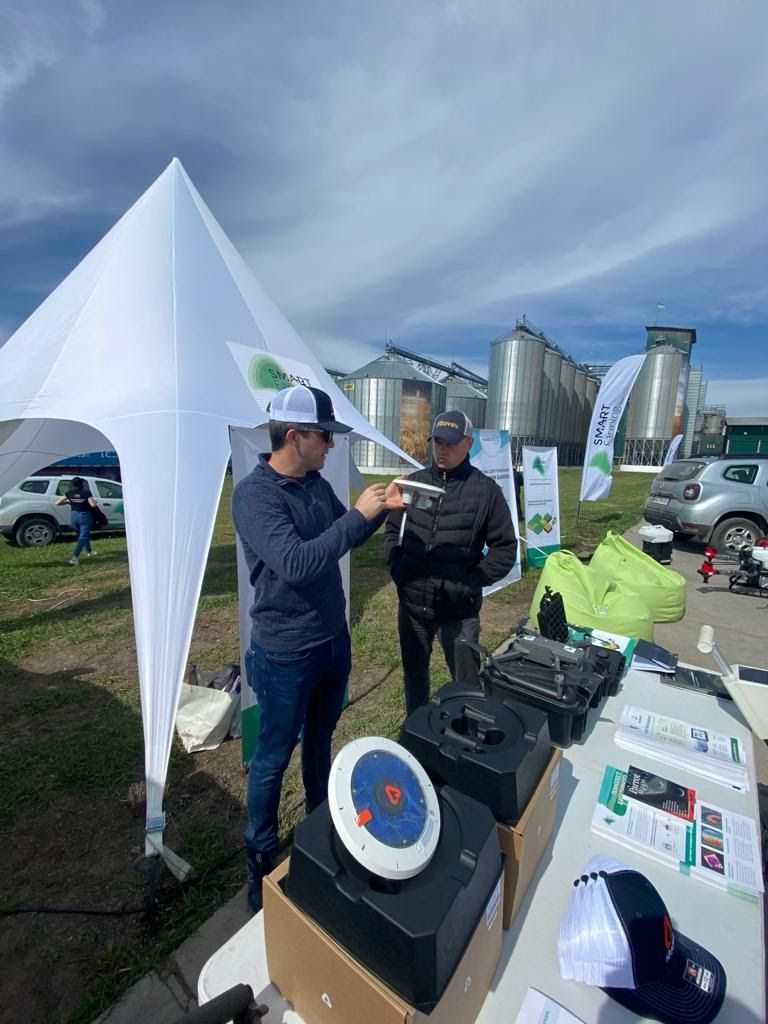
When I met the SmartFarming team in Kyiv, they were moving fast. They operate out of Xspace, an abandoned Soviet factory, and for an ag company, there are a notable number of women employees on the team. CEO Artem Belenkov has built three different companies, each focused on a different scope within agtech: SmartFarming (agtech), Aggeek (media) and Vkursi.Zemli (land verification and valuation). Artem started SmartFarming in 2013. He was running operations at an investment company and met an Israeli options trader running high-frequency trades. Because of the political and economic crisis at the time, Artem recognized that he either needed to change what he was doing or leave Ukraine, and he started to view agriculture as the next frontier. “While I was running 3D models of risk in Excel, I watched as many were still relying on paper maps of fields and saw the opportunity to do something different,” Artem says. “With GIS software that my father had been building, I began to pitch my vision for SmartFarming to different Ukrainian agribusinesses, and soon had four projects.”
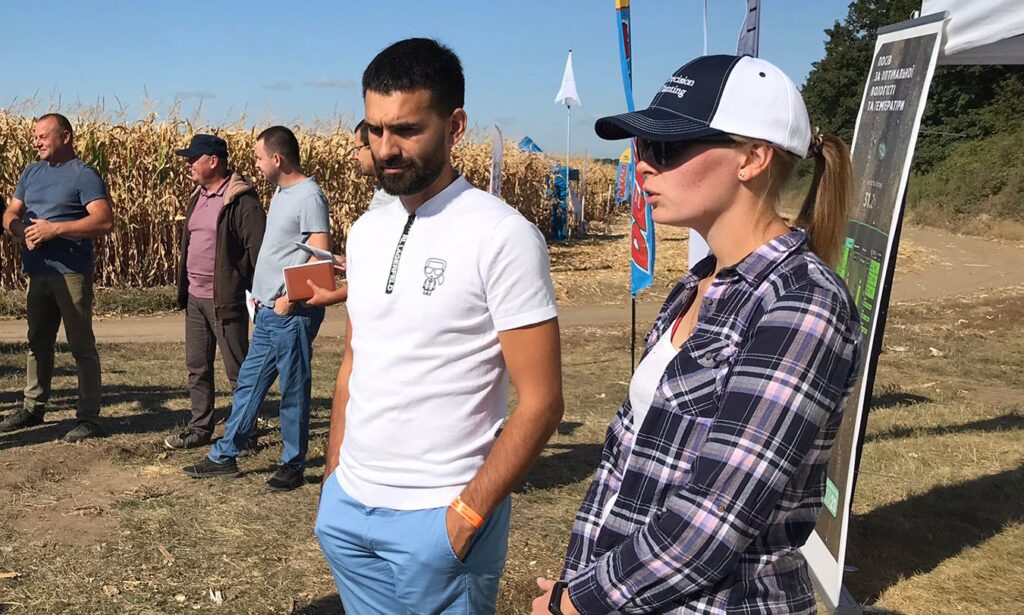
One of SmartFarming’s initial projects was to digitize landholdings for MHP, a leading producer of grain and meat with strong brand recognition across Ukraine. In the United States, most farms are under 10,000 acres (4,000 hectares); for MHP, this project encompassed 500 villages and over 2.5 million acres (1 million hectares), of which nearly 400,000 acres (160,000 hectares) are cultivated farmland. Since they had been using multiple systems at different farming clusters, SmartFarming’s first step was to integrate the systems. They then had to combine the land auditing system and educate the team on using the new software to administrate the contracts and property. As they began to build out additional tools for large agroholdings, Artem saw the direction the market was moving. “In the early years, we were trying to do everything with GIS, satellite imagery, and over time we became more skilled in analyzing the market and building our business model,” Artem says. “The project with MHP took two and half years to complete, but it revealed the importance that precision farming would have on large-scale Ukrainian farming operations.”
“Looking back 8-10 years, farming was not nearly as competitive as it is today,” he continues. “You didn’t have to be mechanized. Today the margin is thinner, you need to be digitized and you need to fight for that margin, you need to be more efficient in how you are managing the entire operation. With each new technology that comes out you see the shift from ‘let’s try it’ to ‘my neighbor is doing it so I have to do it.’” Artem explained that it was during a trip to the GAR Tootelian (now GAR Bennet), that he noticed that the most successful companies in agriculture were working directly with the farmers in the field, and were already helping them with consulting, services, operations, and more. During a visit to The Wonderful Company, he also saw firsthand the power of an internal marketing infrastructure and how it could be used to build a culture for products in the marketplace. That’s when he understood that SmartFarming would need to be a complex integrator to truly add value, and began to build out the agronomic and engineering core of his team.
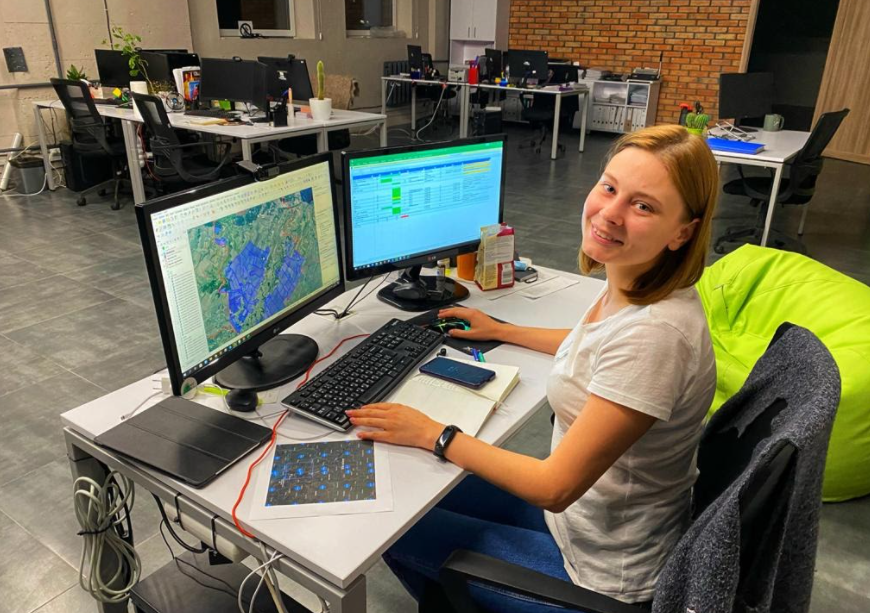
Today, one of the main challenges for agronomists at SmartFarming is climate change. In fact, it has become a major issue for farmers across Ukraine. The south has always experienced significant droughts, but over the past five years it has impacted middle-production areas. In the past 15 years the corn belt has moved north. Poltava, Ukraine has the best soils but is now being hit hard by a protracted drought situation. The impact is exacerbated by the outdated irrigation infrastructure. Since independence in 1991, irrigation infrastructure has decreased by 200%, as the farm fragmentation and land parcelization has led to disparate interests in funding maintenance and improvement projects.
The other challenge is the continual planting of sunflower because of the high value and demand, rather than in rotation with wheat or soybeans. This depletes the nitrogen in the soil over time, creating the need for more and more fertilizer inputs to even maintain yields. Farmers across Ukraine believe that the ability to buy and sell land will unlock long-term investment in infrastructure and better management practices, and will reduce the degradation caused by short-term thinking.
